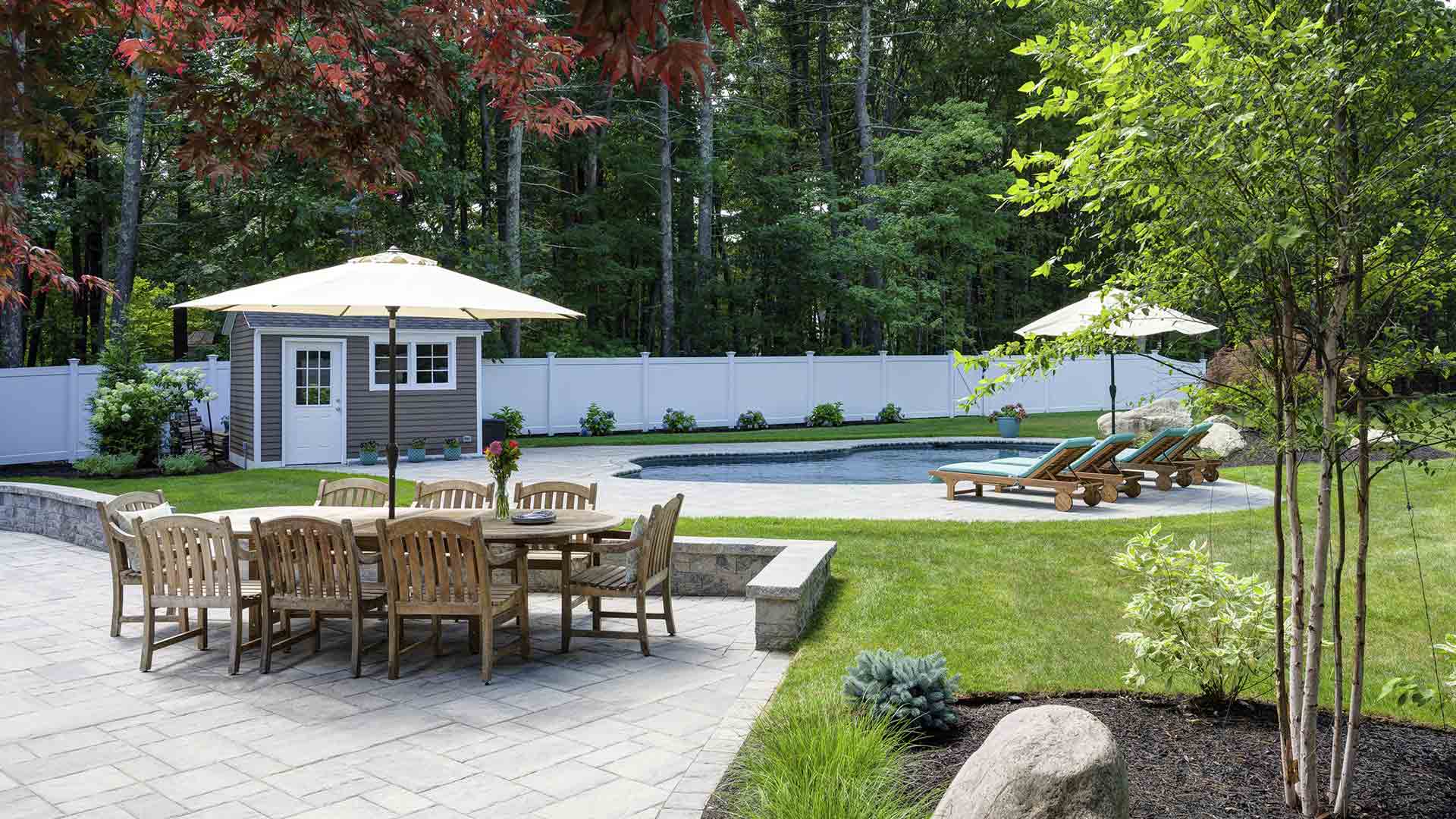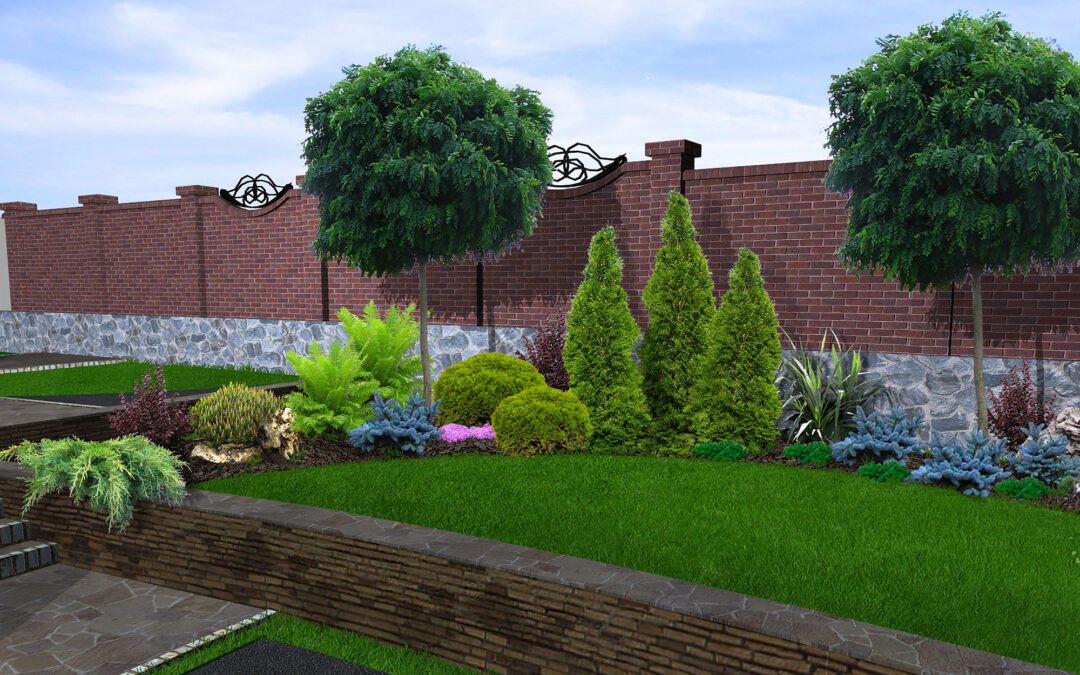Facts About Landscapers Revealed
Facts About Landscapers Revealed
Blog Article
Landscapers Things To Know Before You Buy
Table of ContentsLandscapers Things To Know Before You BuyThe 8-Second Trick For LandscapersGetting The Landscapers To WorkSome Ideas on Landscapers You Should KnowGetting My Landscapers To Work
- A tree or bush (hedge) that loses its leaves in winter months. In the PNW there are semi-deciduous or semi-evergreen plants that may lose their leaves depending upon how cool the wintertime is. Abelia and some hebe are good examples. Landscapers. - A flat celebration room, made of wood or composite material (made to look like wood), generally adjacent or connected to a framework.:max_bytes(150000):strip_icc()/GettyImages-154046398-c39f1daf45a84601b328d78ed8630660.jpg)

This is a natural process, and the result can be utilized for courses and patio areas. - Secret landscape attributes being proposed in a landscape design plan.
All about Landscapers
These goals guide the design process, not the developer's design or preferences. Common design purposes in Rose city are reduced maintenance, drought forgiving, and animal friendly. - Process for removing or thinning the dead reduced degree of a mature lawn. Thatch is yard that has died and collected listed below the environment-friendly blades.
Nevertheless, gradually this layer can get really thick and make it tough for water, sun, and nutrients to reach sections of the turf.- The process of accumulating and managing the circulation of water on a residential or commercial property. This can be performed with grading, French drains pipes, dry wells, absorptive surfaces, sump pump, rainfall gardens, and a lot more.
Residence at the bottom of hills, with natural springs, or packed with heavy clay have one of the most drainage issues.- A slow-moving feeding irrigation system that utilizes versatile tubing and emitters to send a precise quantity of water per plant. This is the most reliable technique of watering plants. - The ability of a plant to make it through without much summer water.
- A garden feature where water is represented by an accumulated rock item, usually a gravel or granite.- A rock or natural flagstone patio area, course, or walkway constructed without a concrete base.
The smart Trick of Landscapers That Nobody is Talking About
- A rock maintaining or totally free standing wall surface developed without the usage of mortar. - An underground framework that accumulate water and enables it to slow percolate into the soil around it.
Landscape layout that is suitable with a websites' environment in both look and sustainability without negative effects to the setting. Edging in the landscape is a line of separation that creates aesthetic rate of interest in the garden by dividing one segment from another sector. This can be aesthetic or useful, keeping one aspect (such as pea crushed rock) from getting blended into one more (like bark dirt).
Areas can likewise have a feeling of "room" supplied by trees, various other growings, fences, or screens. The landscape near the entry to a building.
A plant that is not native to the location where it will be planted. reference Thicker bladed lawn grass that spread via rhizomes.: The level of dirt on your property prior to bark dirt or here are the findings garden compost is spread out.
The Of Landscapers

The objective, reason, or activity that an area is be landscaped for. Stairways function, for instance, to permit foot traffic backwards and forwards a slope. Room for growing plants for watching, eating, or physical task. A roofed structure utilized over an exterior event room. The growing of a seed, maybe describing a lawn that is being expanded from seed.
Rock product, either rounded or fractured, that is fairly small- normally 1" or much less. Low plants that are enabled or urged to spread out over an area. Can refer to any type of "difficult" yard components including statuary or boulders however the majority of commonly is utilized to describe paths, patio areas, and walls.: Height difference in between the degree of water in a fish pond (or the degree of the pump if it rests outside the fish pond) and the upper electrical outlet of water which influences performance of the water pump in gph (gallons per hour). Dense bushes or trees that develop a fencing, display, or border.

The Single Strategy To Use For Landscapers
Traditional PNW landscapes are informal. A plant that spreads more than wanted, or into habitats where it does damage.
Smart irrigation controller testimonials and referrals here. 2-D rendering of the recommended watering system. Can include head placements and protection, pipe sizing, GPM specifications, and materials needed to install this system. An irrigation plan is generally unnecessary for homes but is typical for business projects. Accredited specialist who develops landscapes, coached in design and style as well as in horticulture.
The expert that prepares and establishes landscape tasks, generally at a residential or tiny business degree with the significant layout motivation on plantings. Landscape designers usually have less schooling than Landscape Architects and are not certified. A finished landscape style, outlining all aspects for the new landscape. This typically takes the form of a drawing on paper.
Calcium product used to raise the pH in soil, which will certainly make it much less congenial to moss. A water tight HDPE product made use of beneath ponds, streams and waterfalls in water features. Utilizing several growings of the very same range to complete an area in the landscape. This can lower upkeep and water use in the garden.
Report this page